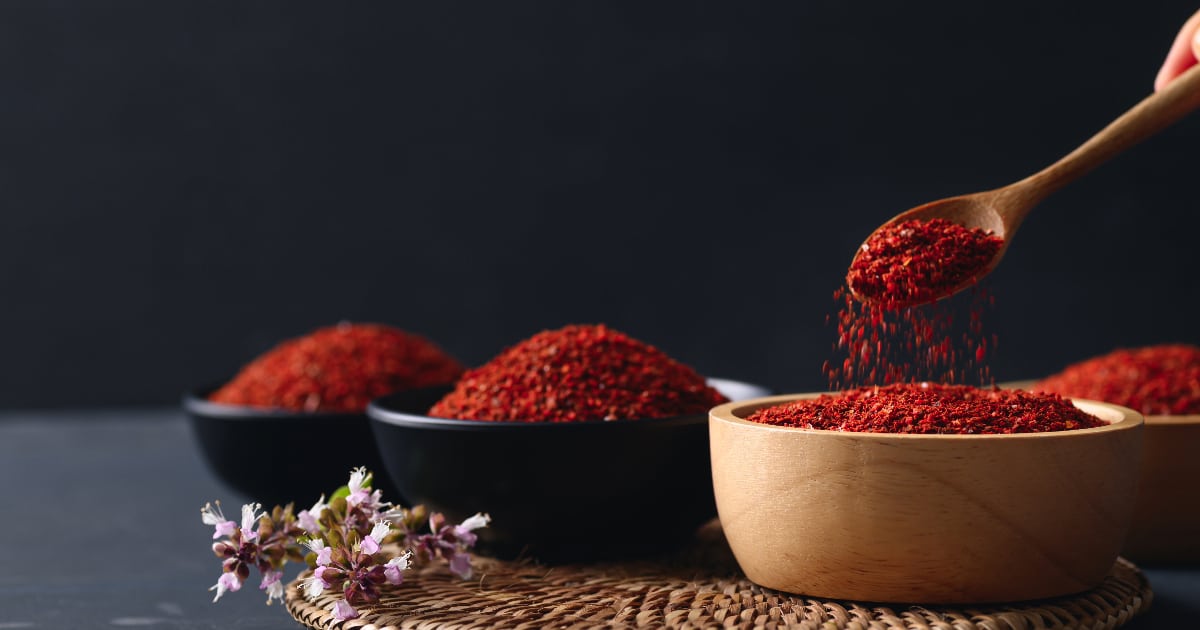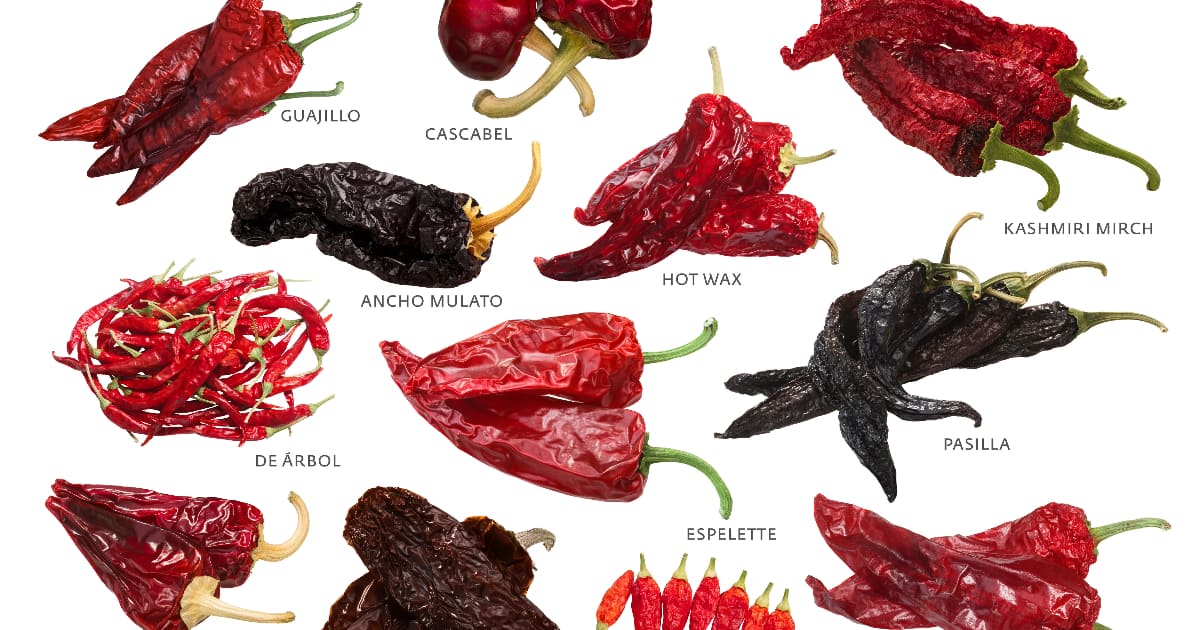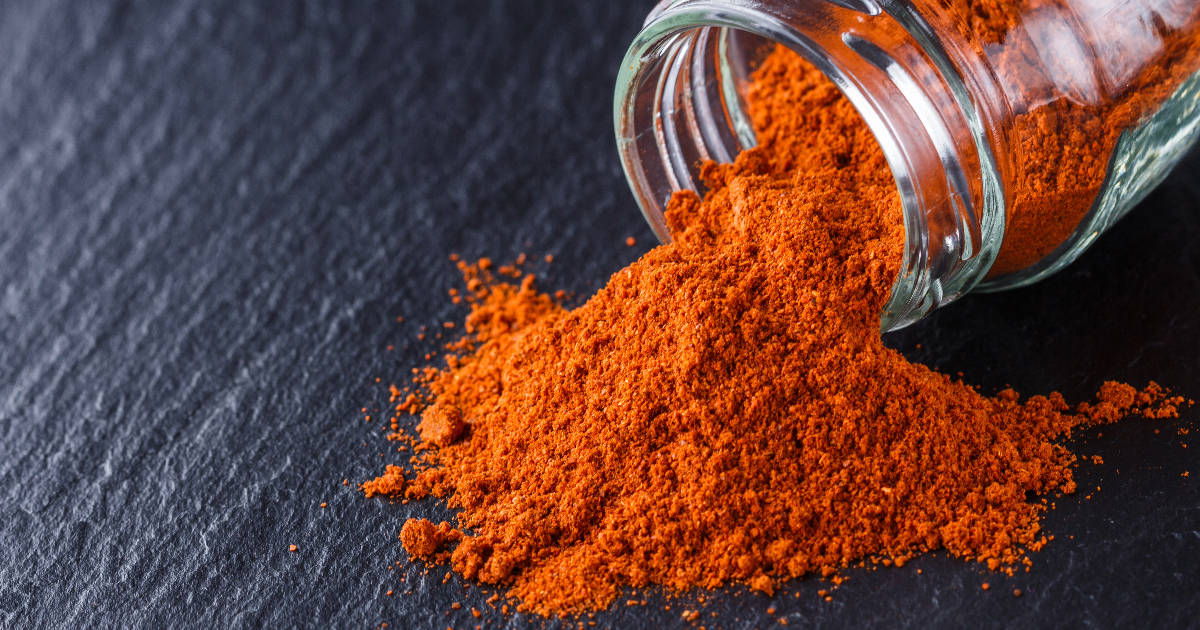Making your own chili powder at home is easy, and affordable, and allows you to create a custom blend suited to your taste preferences. With just a few basic dried spices and chiles, you can make a flavorful chili powder that outshines any store-bought option.

When crafting your own chili powder, you get to control the level of heat, smokiness, and flavor complexity. Follow the steps below to make your own signature blend you'll want to add to everything from classic chili recipes to tacos, fajitas, and more.
Toasting Dried Chiles Enhances Flavor

The base of any good homemade chili powder is dried chile peppers. Popular varieties to use include ancho, guajillo, New Mexico, pasilla, cascabel, and arbol chiles. Each offers its own flavor profile and heat level.
For example, ancho chiles are mildly spicy with a rich, fruity taste. Guajillo chiles have a natural smokiness and medium heat. New Mexico chiles provide a sweet, fresh flavor reminiscent of bell peppers.
To maximize flavor, it's best to start with whole dried chiles and toast them before grinding. This quick dry toasting enhances their essence and fragrance.
Simply heat a skillet over medium heat. Add the dried chiles and toast for 1-2 minutes per side until lightly fragrant. Be careful not to burn them. Then, let the toasted chiles cool slightly before processing.
Grind Chiles Into a Fine Powder
Once toasted and cooled, you'll grind the dried chiles into a powder. Use a dedicated coffee or spice grinder. Working in small batches, grind each variety of chile separately into its own fine powder.
If you don't have a spice grinder, you can use a blender instead. Just be sure to let any dust settle before opening the blender to avoid getting a face full of chile powder!
Combine Chile Powders with Complementary Spices
Next, combine the freshly ground chile powders with spices like cumin, oregano, garlic powder, and smoked paprika to round out the flavor profile.
Cumin adds earthiness and warmth, while oregano provides a subtle herbal quality. Garlic powder infuses a sweet, savory essence. A touch of smoked paprika contributes additional smokiness.
Consider adding a pinch of cinnamon or cocoa powder for extra depth without imparting a dominant flavor. Add cayenne pepper if you want to turn up the heat.
Mix all the spices together in an airtight container. Store your homemade chili powder in a cool, dark place and use it within a couple of months for maximum freshness.
Homemade Chili Powder

Yield: About 1 cup
Prep Time: 10 minutes
Cook Time: 5 minutes
Total Time: 15 minutes
Ingredients
- 1 ounce dried mild red chiles (such as ancho, guajillo, or New Mexico)
- 2 tablespoons ground cumin
- 1 tablespoon garlic powder
- 1 tablespoon dried oregano
- 1 tablespoon smoked paprika
- 1 teaspoon ground coriander
- 1/4-1/2 teaspoon ground cayenne pepper (optional)
- 1/2 teaspoon ground cinnamon (optional)
- 1 tablespoon cocoa powder (optional)
Directions
- If using whole dried chiles, remove the stems and seeds and discard them. If using ground chili powder, skip to step 4.
- Heat a large skillet over medium heat. Once hot, add dried chilies and toast for 1-2 minutes per side, until fragrant. Be careful not to burn, reducing the heat if needed. Remove peppers from heat and let cool slightly.
- If using whole chiles: Once cool, transfer toasted chiles to a small blender (or use a spice grinder and work in batches). Blend into a powder.
- If using ground chiles: Add chile powder to a small bowl or jar along with cumin, garlic powder, oregano, smoked paprika, coriander, cayenne, cinnamon, and cocoa powder (optional) and stir or shake to combine.
- Store homemade chili powder in an airtight container for up to 6 months. Use in chili, tacos, fajitas, and more!
Customize Heat Level to Your Tolerance
One of the beauties of homemade chili powder is customizing the heat level. The variety of chiles you select will largely determine how spicy your blend ultimately is.
As a general guideline, ancho, pasilla, and New Mexico chiles fall on the milder end of the spectrum. Guajillo and cascabel offer medium heat. Arbol, Pequin, and Cayenne pack some serious punch.
You can also control spiciness by how many seeds you leave in the chiles. For a hotter chili powder, leave most of the seeds intact when toasting and grinding. For milder heat, shake out or discard more of the seeds first.
Best Chile Peppers for Flavor Complexity
While the heat level comes down to personal taste, there are some chile varieties especially recommended for their depth of flavor.
For a rich, multifaceted chili powder, try using a combination of the following:
- Ancho chiles: Contribute a fruity sweetness and subtle smokiness
- Guajillo chiles: Offer an earthy-sweet taste with medium heat
- New Mexico chiles: Provide a fresh, clean pepper flavor
This trio balances sweetness, fruitiness, earthiness, smokiness, and a medium level of heat for an incredibly robust chili powder. Feel free to experiment with other dried chiles as well.
Toast Whole Spices for Maximum Flavor
In addition to dried chiles, toasting the whole spice ingredients really maximizes their flavor before grinding.
Place spices like whole cumin seeds, coriander seeds, and whole allspice in a dry skillet over medium heat. Toast briefly until fragrant, about 1-2 minutes. Be careful not to scorch them. Let cool completely before grinding.
If you opt not to toast, you can use pre-ground spices instead. But take the extra couple of minutes to toast them, and your homemade chili powder will be all the better for it!
Use Chili Powder in Multiple Dishes
Once you have your own signature chili powder on hand, you'll find endless ways to use it. Beyond chili recipes, homemade chili powder is fantastic for:
- Tacos: Sprinkle on meat before cooking or use as taco seasoning
- Enchiladas: Add to fillings or sprinkle over finished enchiladas
- Quesadillas: Mix into cheese filling or dipping sauces
- Chili fries: Toss fries in oil and chili powder before baking
- Burgers: Sprinkle over patties before grilling
- Popcorn: Toss popped popcorn with olive oil and chili powder
- Vegetables: Add roasted veggies, grilled corn, etc.
You can also use it in place of any recipe calling for regular chili powder or chili seasoning packets. Get creative, and let your homemade chili powder enhance all your Tex-Mex and Southwestern-style dishes.
FAQ
What's the difference between chili powder and chili seasoning?
Chili powder consists of ground-dried chile peppers along with complementary spices like cumin and oregano. Chili seasoning is a blend that also contains extras like salt, garlic powder, and onion powder to make it more of an all-purpose seasoning rather than just ground chiles. Both can add great flavor to chili and more!
Can I use different types of peppers?
Absolutely! The variety of chiles is up to you. Just be aware that peppers like ancho, New Mexico, and guajillo tend to be milder and more flavorful. Cayenne, arbol, and Pequin pack much more heat. For a complex blend, use a mix of milder and hotter chiles.
How should I store homemade chili powder?
Keep your homemade chili powder in an airtight container in a cool, dark place. For maximum freshness and flavor, try to use it within 2-3 months. The spices will slowly lose potency over time. Refrigeration can help extend the shelf life slightly longer.
What recipes can I use chili powder in?
Homemade chili powder is extremely versatile. Use it to season meats, sprinkle on vegetables, and add smoky flavor to tacos, enchiladas, chili, soups, burgers, fries, and more! It's a flavor boost for many Southwestern and Tex-Mex-inspired dishes.
Conclusion
Crafting your own homemade chili powder opens up a world of possibilities to customize heat levels and flavors. Experiment with different dried chiles, play with spice amounts and tweak the blend over time to create your perfect mix.
The beauty of homemade chili powder is that you control the unique flavor profile. Once you try making your own, you'll never want to use store-bought again!

